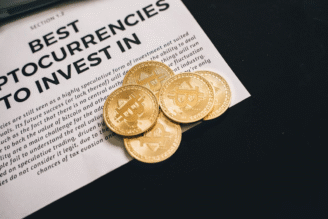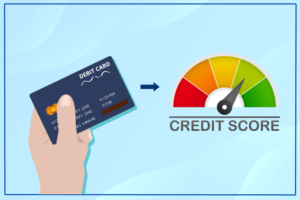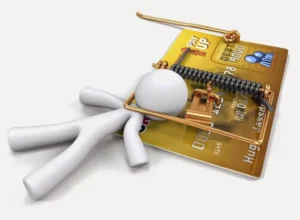How to apply for is bitcoin the digital gold
Is Bitcoin really digital gold? Discover how this concept applies to investing, what sets Bitcoin apart from traditional gold.
Learn how to apply for Bitcoin, the digital gold

Since its launch in 2009, Bitcoin has triggered intense debate in the financial world. It’s often referred to as “digital gold,” positioning itself as a modern alternative to one of the oldest and most trusted assets in history: physical gold. But what does this comparison really mean? And how can it be applied to investment decisions in a practical way?
This article explores the concept of Bitcoin as digital gold, compares its main characteristics to those of traditional gold, and explains how this understanding can shape a smart investment strategy.
What “Digital Gold” Really Means
Calling Bitcoin “digital gold” goes beyond marketing or metaphors. The idea is based on the belief that Bitcoin, like gold, can serve as a store of value.
That means it’s an asset people trust to hold or increase in value over time, even during periods of economic uncertainty, inflation, or political instability.
Bitcoin has several features that support this comparison. Its supply is strictly limited to 21 million units, making it a scarce resource, much like gold.
It’s decentralized and operates independently of banks or governments. It also allows easy storage and transfer in digital form, which appeals to a tech-savvy generation looking for alternatives to traditional financial systems.
Comparing Bitcoin to Physical Gold
While Bitcoin and gold share the function of preserving value, they differ in many aspects. Gold is a physical, tangible asset that has been used for centuries as currency, jewelry, and investment.
Bitcoin, on the other hand, exists only in digital form and is a relatively new invention.
Gold is known for its stability and low volatility. Its price doesn’t fluctuate drastically in short periods, which is why it’s considered a safe haven during times of crisis.
Bitcoin, in contrast, is highly volatile, with frequent and sometimes dramatic price movements. However, Bitcoin is far easier to transfer across borders, can be stored with greater security through encryption, and is gaining acceptance rapidly in global markets.
Why Investors Are Paying Attention
Several factors are leading investors to view Bitcoin as a digital version of gold. One of the main reasons is its built-in scarcity.
While central banks can print unlimited amounts of money, Bitcoin’s issuance is controlled by a mathematical protocol. This predictability creates trust, especially in times when inflation erodes the value of fiat currencies.
Another factor is institutional adoption. Major companies, financial firms, and hedge funds are adding Bitcoin to their portfolios as a hedge against inflation and market instability.
This growing acceptance by influential players gives the asset more credibility and contributes to its role as a modern store of value.
Finally, the digital transformation of the global economy strengthens Bitcoin’s position. As financial systems become increasingly digital and decentralized, a digital asset like Bitcoin fits naturally into this new landscape.
Applying the Concept to Your Strategy
If you see Bitcoin as a form of digital gold, the next step is to think about how it fits into your investment strategy. It’s important to approach this with balance and caution. Bitcoin’s high volatility means it’s not suitable for all investors or all portfolio sizes.
Start by evaluating your personal risk tolerance. If you prefer a conservative strategy, you might dedicate only a small portion of your portfolio to Bitcoin.
More aggressive investors may choose a larger allocation, but it’s essential to avoid putting too much weight on a single, volatile asset.
A diversified portfolio remains the safest approach. Instead of choosing between Bitcoin and gold, consider holding both.
Alongside other assets like fixed income or equities, Bitcoin can play a complementary role, providing exposure to innovation while preserving overall stability.
Thinking Long Term
Much like gold, Bitcoin is not a get rich quick tool. Its true value lies in its long-term potential. Short-term price swings may seem alarming, but over the years, Bitcoin has shown significant growth and resilience.
If you believe in its role as digital gold, then it makes sense to treat it like gold: as a long-term asset that earns its place slowly in a well-thought-out financial plan.
Bitcoin may not be identical to gold, but the comparison helps highlight its role in the modern financial landscape.
Its scarcity, independence, and growing global adoption suggest it could serve as a reliable store of value in the digital age.
Applying the concept of “digital gold” isn’t just about investing in Bitcoin, it’s about understanding its function in a diversified, forward-thinking portfolio. With a cautious, strategic approach, Bitcoin can become an important tool for wealth preservation and future growth.






